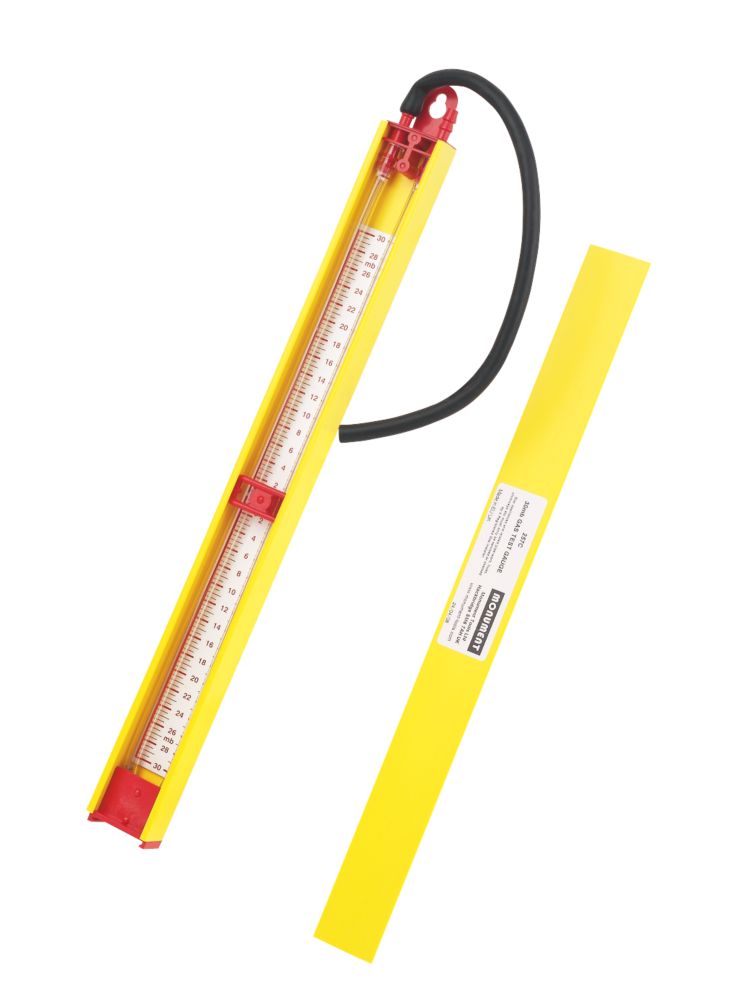- Jun 20, 2005
- 20,313
- 5,496
- 50,935
Whatever device you use to test the new joint it is supposed to be mandatory to do a pressure drop test using a manometer. Such test is part of the annual habitation service . The norm is to do the test over 5 minutes. If the pressure drops then you have a leak.

Monument Tools 30mb Gas Test Gauge - Screwfix
Order online at Screwfix.com. Tests installed pipework for leaks prior to introduction of gas, checks and sets correct gas pressures on domestic and commercial appliances. Scale adjusts to zero water level. Marked in millibars. FREE next day delivery available, free collection in 1 minute.www.screwfix.com

